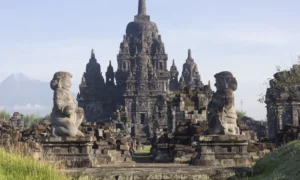Candi Sewu is an 8th-century Mahayana Buddhist temple located 800 meters north of Prambanan in Central Java, Indonesia. The term “candi” refers to a Hindu or Buddhist temple in Indonesian, thus the name Candi Sewu. It is the second-largest Buddhist temple complex in Indonesia, following Borobudur. The temple complex, originally known as Manjusrigrha, predates the nearby “Loro Jonggrang” temple at Prambanan and consists of 249 temples, though its Javanese name translates to ‘a thousand temples,’ a figure derived from local folklore.
Religious Structures
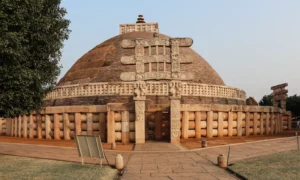
Sanchi Stupa
Sanchi Stupa, located in the Raisen District of Madhya Pradesh, India, stands as a monumental representation of Buddhist architecture and religious heritage. This complex, particularly noted for the Great Stupa, is situated approximately 46 kilometers northeast of Bhopal, the capital of Madhya Pradesh. The site holds immense historical and cultural significance, tracing back to the Mauryan Empire in the 3rd century BC.

Parshvanatha temple
The Parshvanatha temple is a renowned Jain temple located at the Khajuraho Group of Monuments in Madhya Pradesh, India. Dedicated to Parshvanatha, the 23rd Tirthankara of Jainism, it is an exquisite example of medieval Indian architecture. The temple stands out for its intricate stone carvings and detailed sculptures. It forms an integral part of the Khajuraho complex, which is a UNESCO World Heritage Site. The temple’s historical significance is amplified by its religious importance and architectural brilliance.
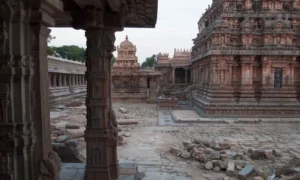
Airavatesvara Temple
The Airavatesvara Temple, located in Kumbakonam, Thanjavur District, Tamil Nadu, stands as a remarkable example of Dravidian architecture. This temple, constructed in the 12th century AD by the Chola emperor Rajaraja II, is part of the UNESCO World Heritage Site designation that includes the Great Living Chola Temples. The other temples in this designation are the Brihadeeswara Temple at Thanjavur and the Gangaikondacholisvaram Temple at Gangaikonda Cholapuram.
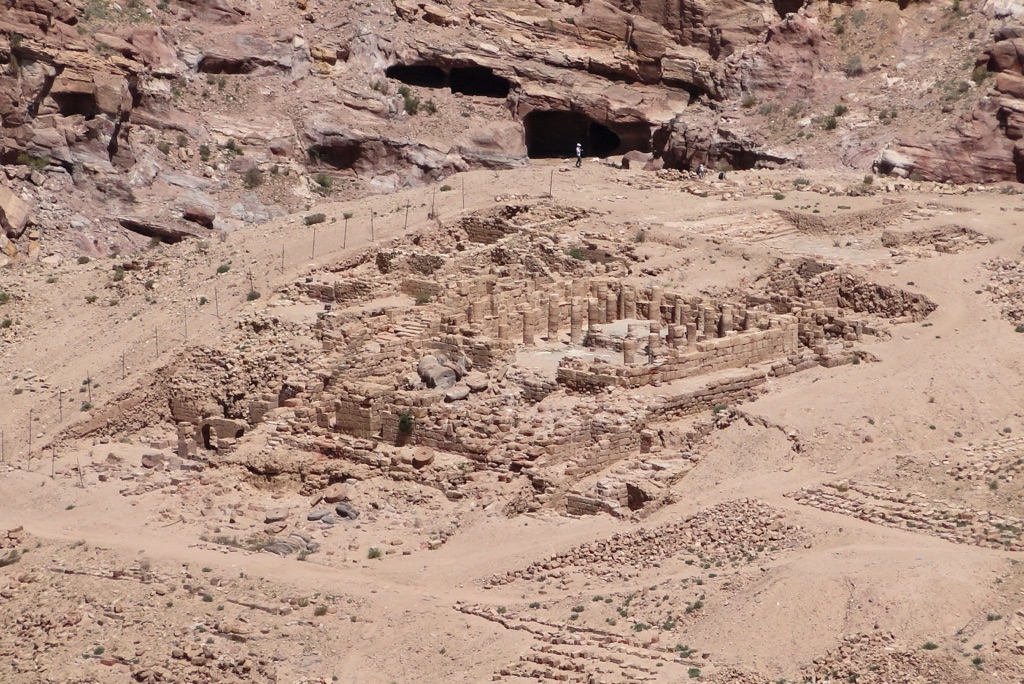
Temple of the Winged Lions
The Temple of the Winged Lions stands as a significant archaeological and historical site within the ancient city of Petra, Jordan. Dated to the reign of King Aretas IV (9 BCE–40 CE), this large Nabatean temple complex is situated in Petra’s Sacred Quarter, opposite the Qasr al-Bint and on the northern bank of Wadi Musa. Its construction and subsequent use provide valuable insights into the religious, economic, and cultural aspects of Nabatean society.
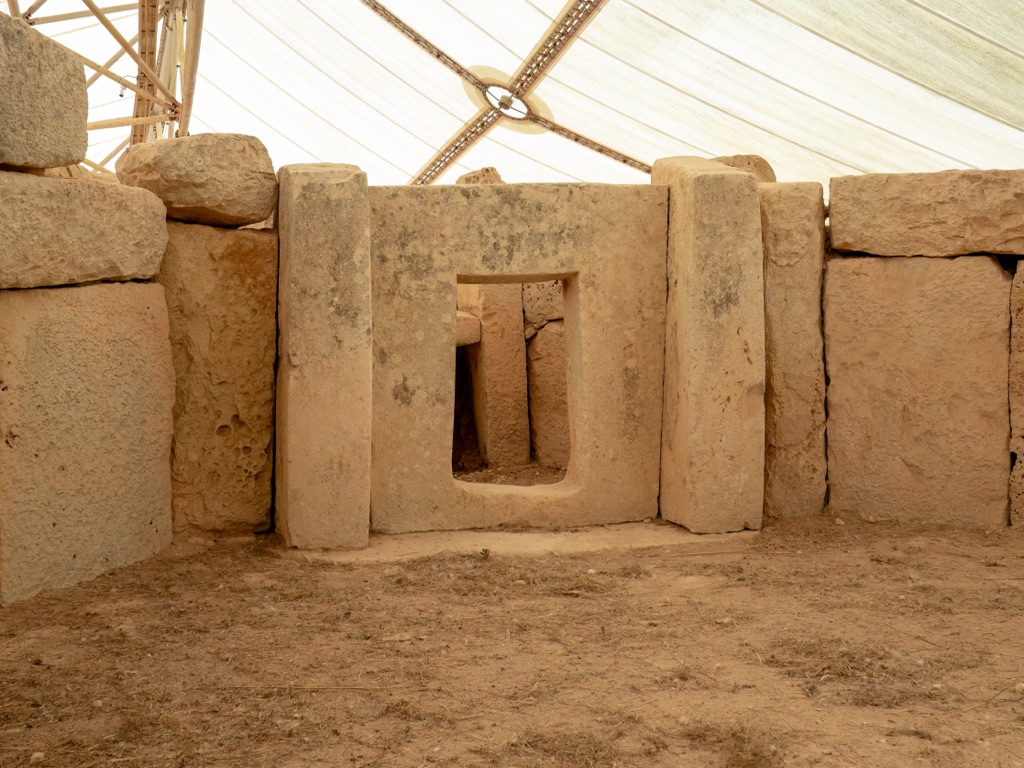
The Megalithic Temples of Malta
The Megalithic Temples of Malta are among the oldest free-standing structures in the world, predating Stonehenge and the Egyptian pyramids. These architectural marvels, constructed during the Neolithic period (circa 3600-2500 BC), are a testament to the ingenuity and spirituality of Malta’s prehistoric inhabitants. The UNESCO World Heritage Sites list includes several of these temples, recognizing their outstanding universal value. This article explores some of the most significant megalithic temples scattered across the Maltese archipelago.

